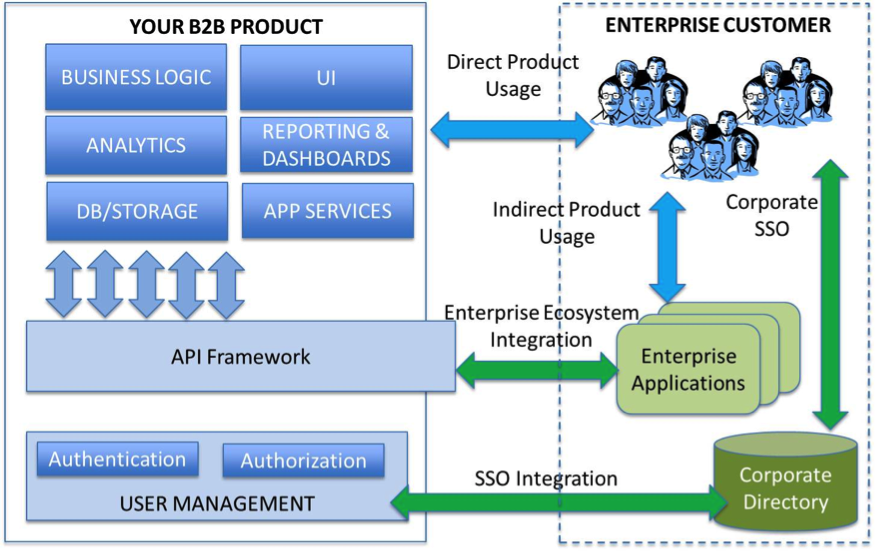Recently I read a blog post by Mr. Przyklenk, senior manager, digital insights, for TDBank Group. Big Data is the next “BIG” thing, but is this “BIG” thing applicable for everyone, is the “BIG question.
Let’s consider TDBank Group, the second largest financial institution in Canada. They began re-evaluating their customer data when branch traffic declined without a significant increase in digital transactions. There are five major challenges referred as 5 S’s, the bank was facing while data analysis.
- Siloed: multiple systems for different lines of business to connect to customers
- Structured: several layers of data ownership, governance and access levels, requires vast institutional knowledge
- Super-expensive: internal cost structures including chargeback models for processing time and bandwidth
- Strange: systems are older than the analysts using them and the information generated is difficult to understand
- Speed: financial institution mainframes offer faster processing speed but without structured data analysis cannot be effective.
A huge amount of unstructured data from multiple sources is dirty and data analytics cannot make sense of it. Prospects and customers expect personalized and relevant offers based on behavioral and relationship data, which cannot be achieved with the above challenges.
Among customer data collection and analysis, enterprise should invest in centralized data warehouse, data management platform and customer journey mapping.
Centralized data warehouse will consolidate all the customer data which in turn will help marketers spend more time on launching campaigns rather than consolidating data. This consolidated warehouse can also be integrated with other applications like CRM to make customer data available to all stakeholders. A data management platform and customer journey mapping will provide a single customer relationship across different lines of business with a personalized communication. Finally these changes in an organization will provide a 360 degree view of your customer.
Big data is needed to better understand the customer, but you need the right resources and equipment to fully understand it to generate results.
Reference
Britt, P. (2014, December 17). Forget Big Data; Focus on Relevant Data. Retrieved December 30, 2014.


